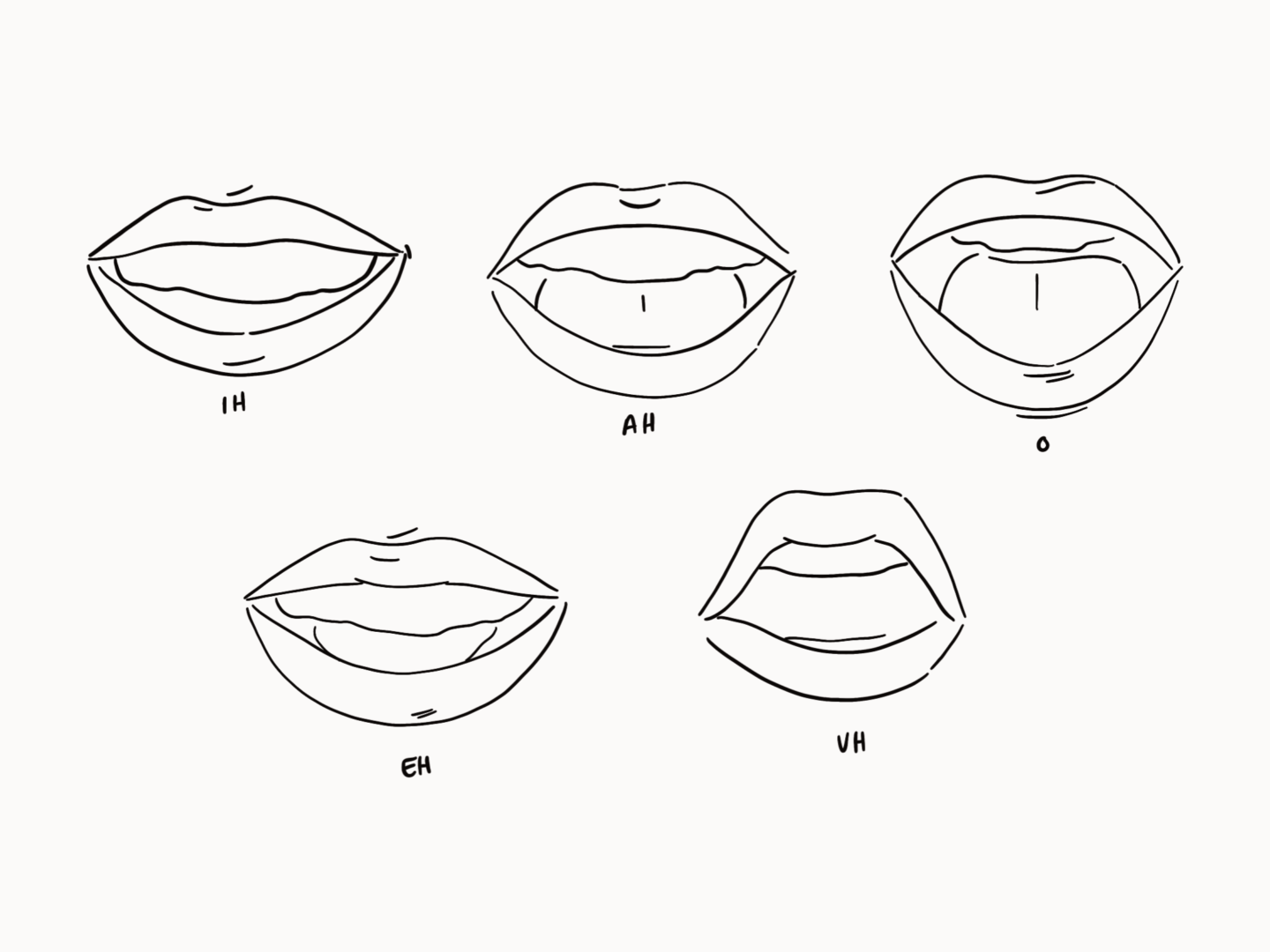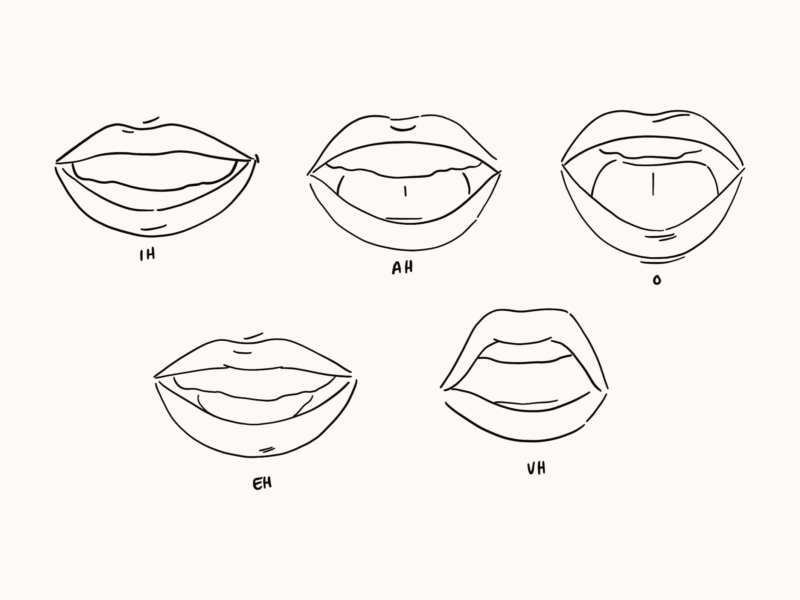Do you ever have those “oh crap I’m actually going to have to do the thing now” moments? I had a major one of those a few weeks ago as I got into work the morning I was meant to give a presentation to pretty much my entire team. Where I work, we have monthly sessions called learning lunches where someone, anyone, teaches the rest of the team about something they care about. My line manager challenged me to do one, and, because I can’t say no, I agreed.
I was also really keen to share my passion for inclusive design.
It was something I’d been half preparing for (read procrastinating) for a good few months, so it felt like a big deal. It probably wasn’t for anyone else involved. But because it was a big deal to me I want to spend some time reflecting on it and learning from it.
So here are a few of the notable takeaways from my hour in the spotlight.
The first two minutes are the worst
I freak out about presenting, pretty much every time whether that’s sharing my work a group of teammates, presenting something important to a client, or just having to introduce myself in a group. But the build-up is always worse than the doing it. That’s something I’m going to try (I stress try because there are no guarantees when it comes to controlling your own reactions to a situation) and remember the next time I have to do something like this. Worrying about something that hasn’t even gone wrong yet is only going to cause me anxiety with no benefits.
Technical difficulties are inevitable
They are, so don’t panic. When the tech fails you – my screen just kept turning off – don’t panic. Everyone else in the room has been in that position or sat in another presentation where that’s happened before. If anything, while an inconvenience, technical difficulties can actually endear you to your audience.
Keep your deck visual
Where possible keep the number of words on the screen at a minimum. You want your visuals to support what you say, rather than to distract your audience or to just let them sit and read verbatim what you’re saying. That doesn’t mean you have to be a great artist or make incredible graphs, some of the strongest presentations I’ve seen have been really simple. I chose to illustrate mine because I wanted it to feel super personal. If you’re looking for more advice on the slide side of presentation I’ve got you covered.
Slow down
I don’t know about anyone else but if I’m nervous I tend to talk about 100miles an hour. I need to embody my inner Sandra Bullock in Speed and keep the train at a steady 50 consciously. The sweet spot is when you feel like you’re speaking a bit too slowly. You’ll get your point across more clearly and you’re much less likely to hyperventilate – I speak from experience. I wrote up some separate tips for staying calm enough to do that last year.
Know your stuff
This might seem obvious, but it’s obvious for a reason. My presentation style, for better or worse, is to half wing it. If I have a script I’ll spend the entire time tripping over my words in order to stick to it word for word. I know that having everything written out works for some people though so obviously do whatever makes you feel the most comfortable and confident. But no matter what your style is knowing more than the content of your presentation will give you that little bit of extra swagger in your step and will also give you the power to throw in the extra anecdote when needed/if your audience looks more interested in a particular section, and it means when you finally get to that open questions stage you can actually answer them.
Enjoy it – it should be like telling your friends about something great
I’m the kind of person who can and will over excitedly retell the entire plot of a movie to anyone who will listen. If I find something I love I want to tell you about it. You probably know that already because that’s kind of the premise of this whole blog. Plus it’s something I think we all have inside of us. When you’re presenting, no matter the subject matter, you need to find that something that
excites you and use it to fuel everything you say. If you’re excited to tell someone, you can bet they’re way more likely to be excited to listen, unless you’re telling them scene by scene the plot of John Wick.
End strong
This was probably the bit I overlooked in my learning lunch because I was so relieved to be done. But reflecting now if there was one element I wish I had scripted was my ending to make sure I got my closing points in and more gracefully side stepped into “does anyone have any questions?” territory.



